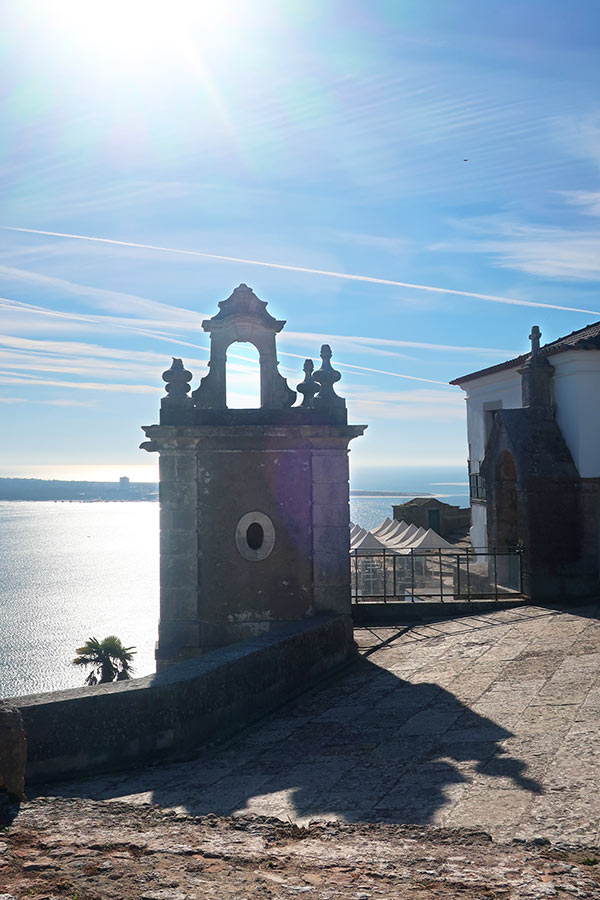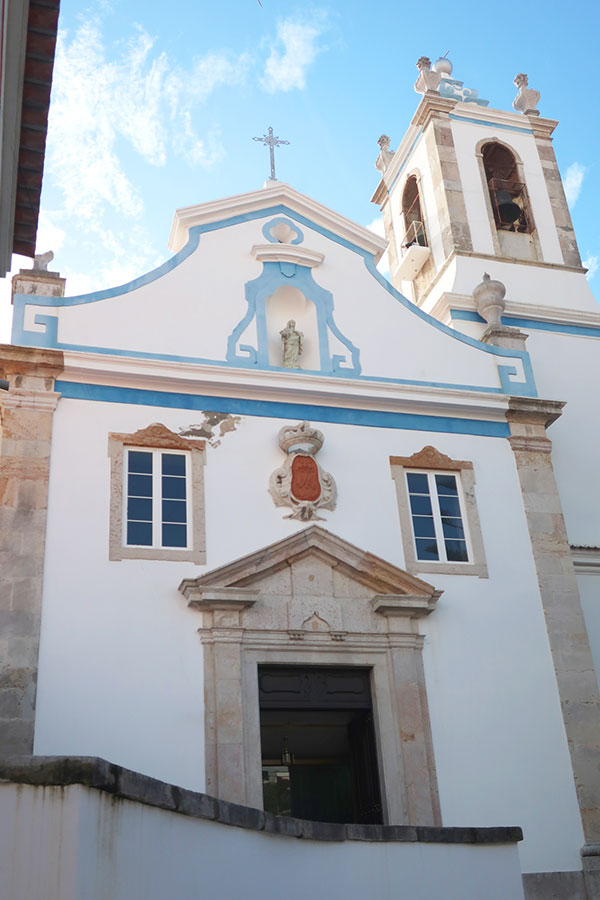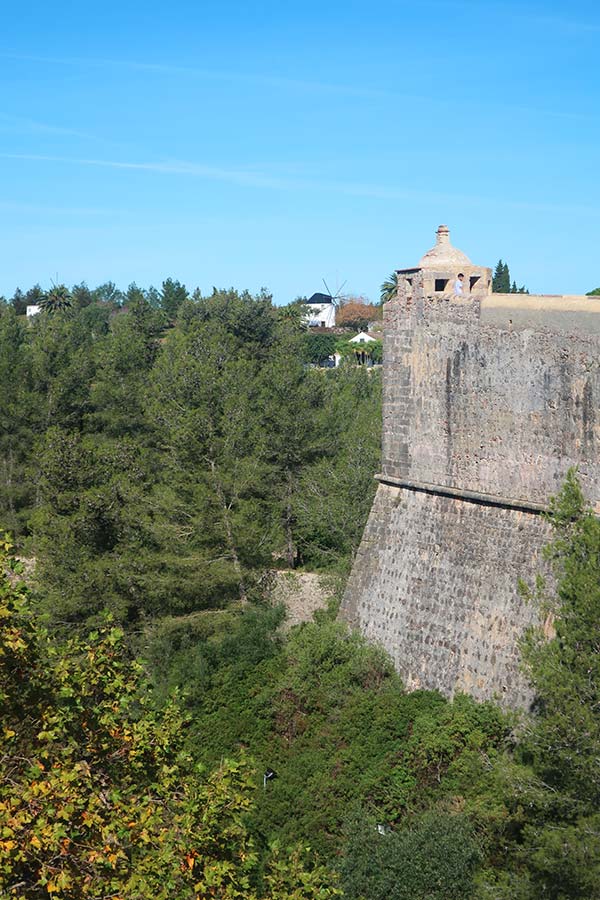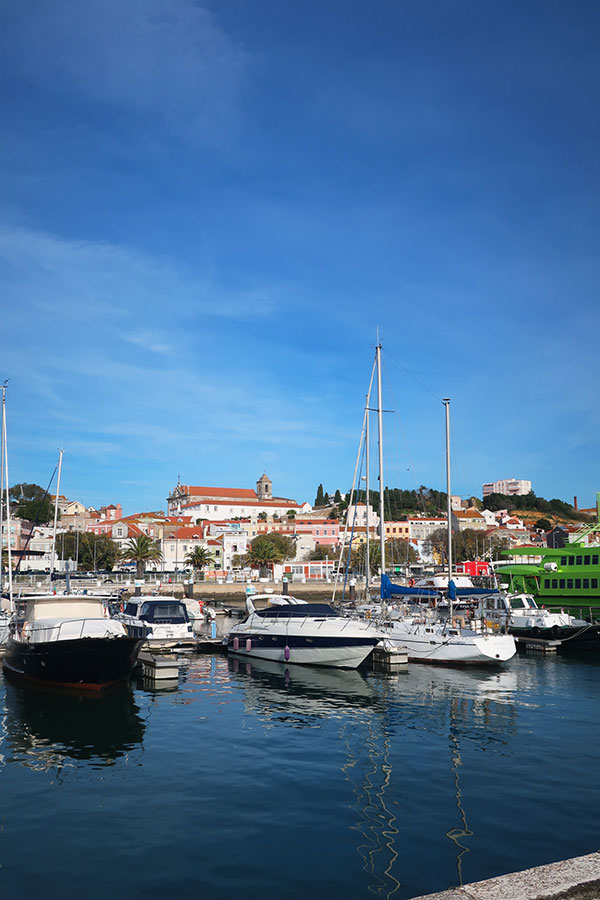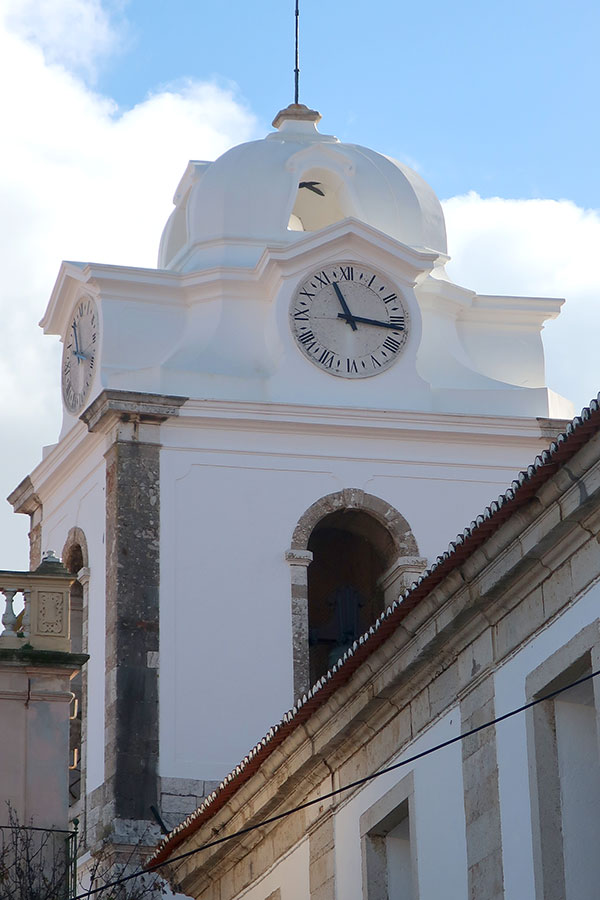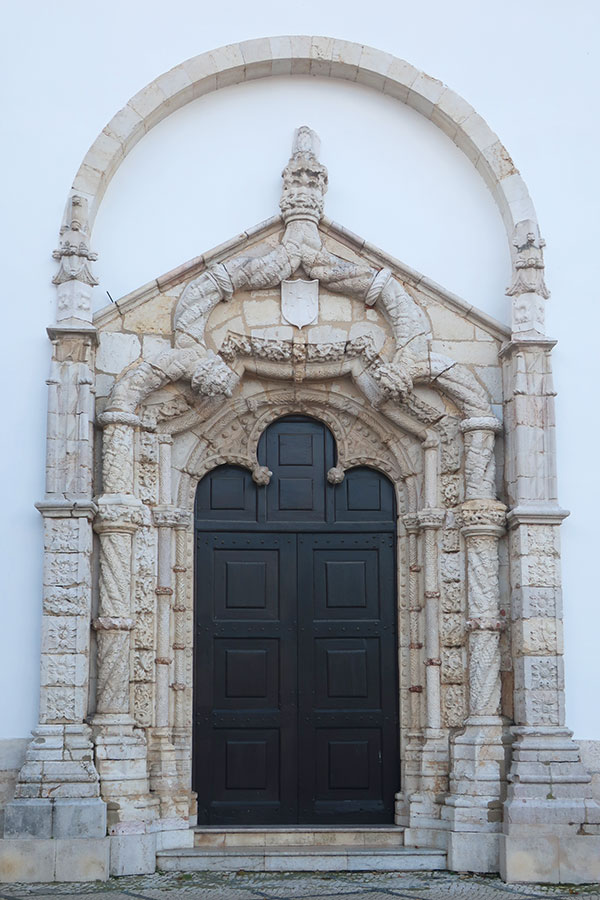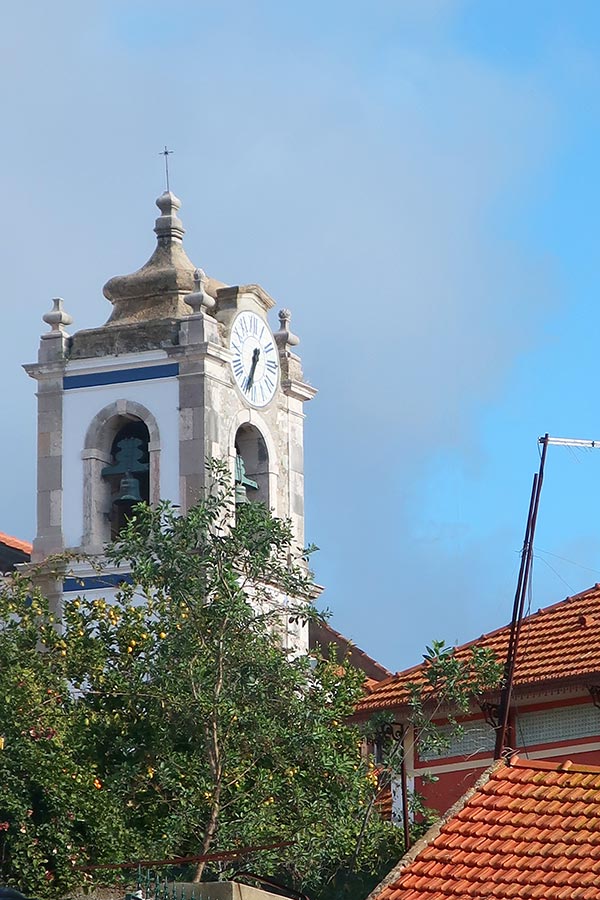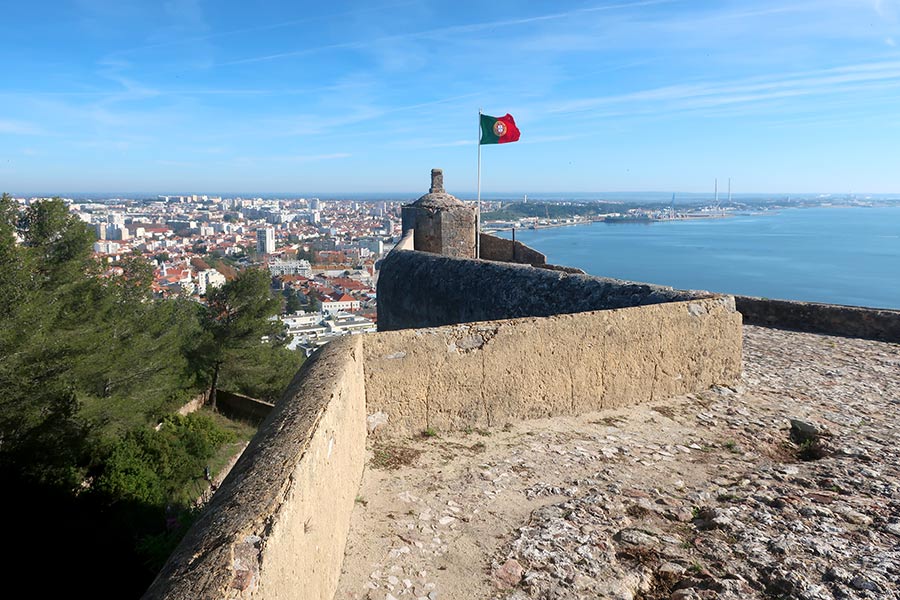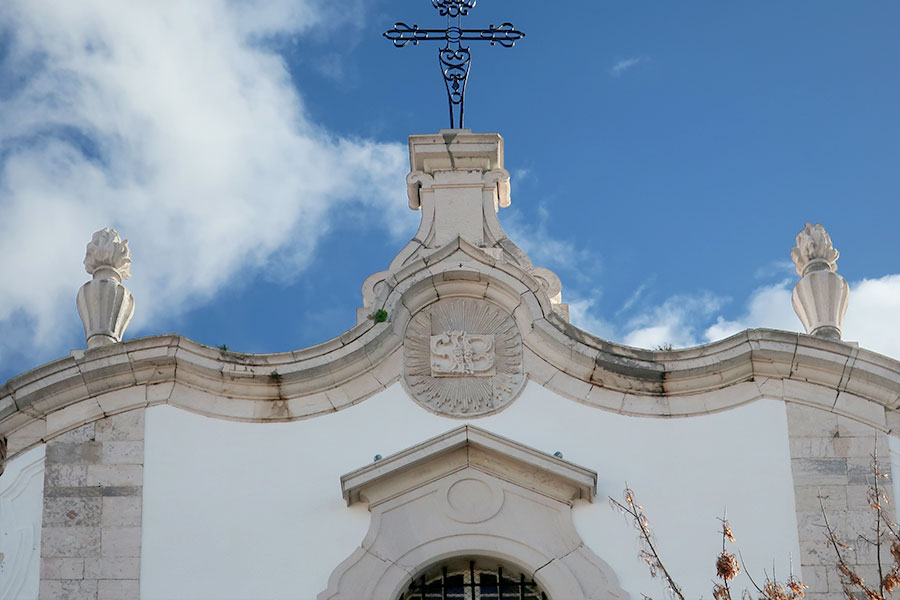The City
The Monuments
The Monuments
Santa Maria da Graça Church
Made Cathedral in 1975. Inaugurated in the 13th century and rebuilt during the 16th century.
Largo de Santa Maria
São Julião Church
Inaugurated at the end of the 13th century. The Church underwent numerous changes during the 16th, 17th and 18th centuries due to several earthquakes, with the 1755 one being the most relevant to mention.
It still has two Manueline (Portuguese late Gothic) style doors.
Praça de Bocage
Church of São Sebastião
Started out as the primitive São Sebastião chapel, built around 1490, and destroyed by the earthquake of 1755. It was later moved to the Grilos Church and to the now defunct convent of São Domingos, where it currently lies.
Largo de S. Domingos
Nossa Senhora da Anunciada Church
The primitive Nossa Senhora da Anunciada Church was destroyed by the 1755 earthquake. The parish resided for a while at the Saúde Chapel, and later at the Sagrado Coração de Jesus Church.
With the dissolution of the monasteries in Portugal (1834) the parish moved to the church of an old Carmelites convent where it remains to this day
Praça Teófilo Braga
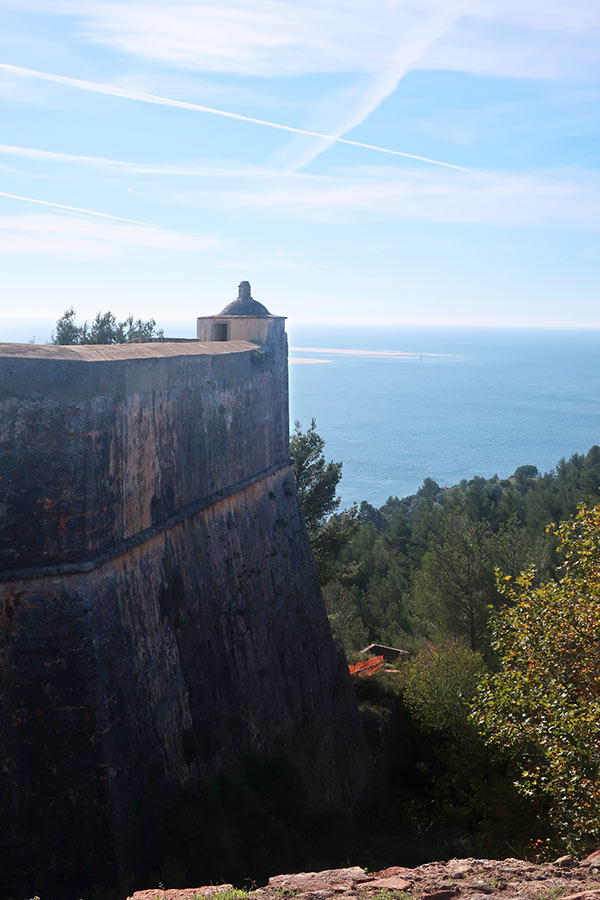
2ª Sonata - Allegretto
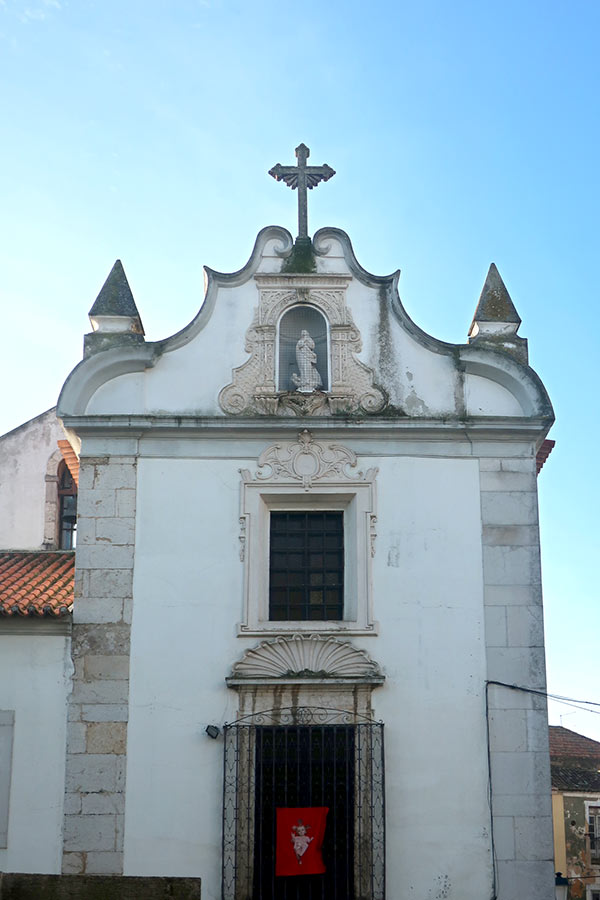
Casa do Corpo Santo / Baroque Museum
Originally a oratory of the Cabedo palace given to the Confraria dos Navegantes e Pescadores de Setúbal (Confraternity of the Navigators and Fishermen of Setúbal)/ Irmandade do Corpo Santo (Brotherhood of the Holy Body) dating back to 1340.
Rua do Corpo Santo, 17
Church of Santo António
Established during the 17th century, rebuilt after the earthquake of 1755.
Largo de Santo António
Senhor Jesus do Bonfim Chapel, former Anjo da Guarda Chapel
Built during the 17th century and worked on during the 18th century.
This chapel was one of the most important places of worship south of the Tagus River. The chapel was the center of the pilgrimage of the citadels from Aldeia Galega (Montijo), Paio Pires, Seixal, Arrentela, Alcochete, Samouco, Saloios and Alfama. Celebrations were carried out and people would flock over when there was some type of disaster.
The chapel is at the origin of the sanctuary of the same name as the one in Salvador, Bahia, Brazil.
Praça do Vitória Futebol Clube
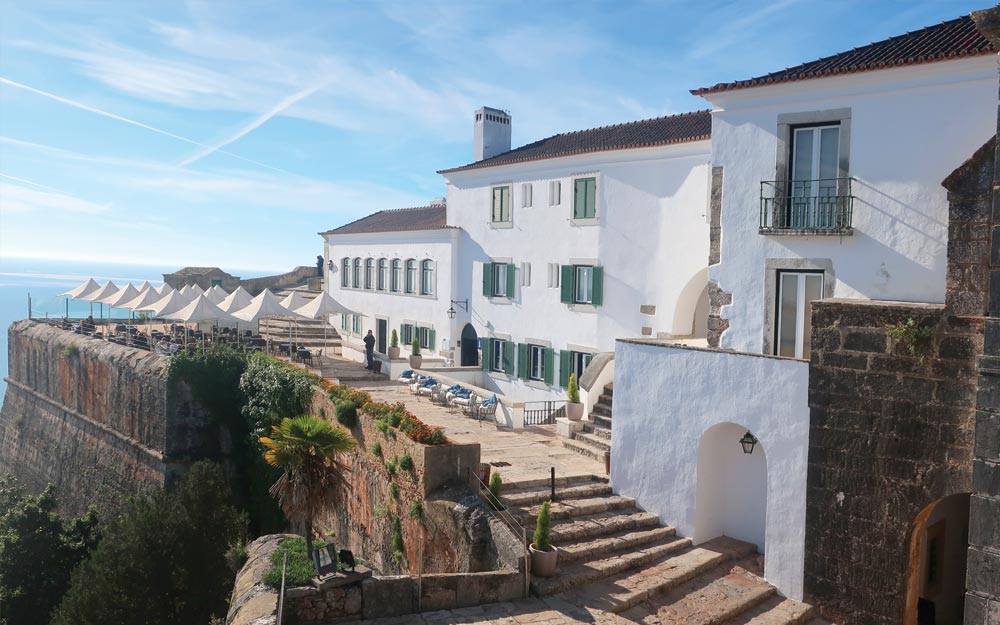
Church and Monastery of Jesus
Inaugurated at the end of the 15th century, they form the oldest and most monumental architectural complex in the city. It is considered one of the first Manueline buildings. The part of the convent became defunct in 1890, making way for the Miserdericórdia hospital (1895-1959) and it also became a museum in 1961 – Museu de Setúbal (Setúbal Museum).
At the present moment it is not possible to visit the premises due to works of requalification.
São Filipe Fortpe
Its construction began in 1582 by initiative of King Philip I of Portugal and was designed by chief architect Filipe Terzi.
It holds an 18th century chapel.
An Inn was built where the houses of the governor and the body of the guard were.
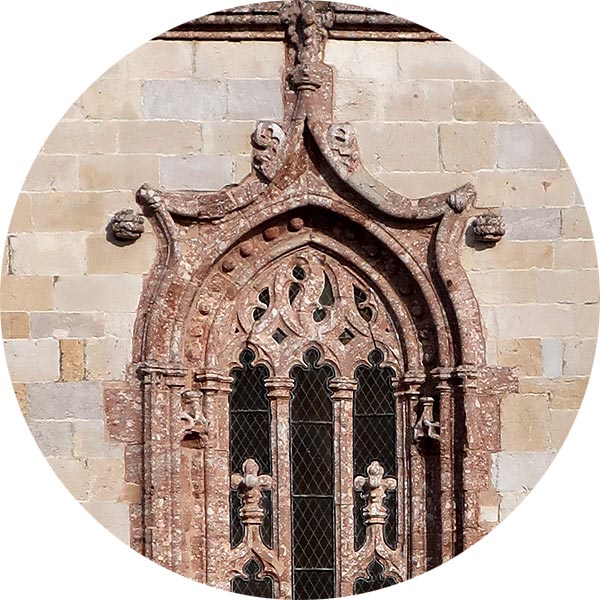
Follow us:

Adress:
Rua Álvaro Castelões, 49 - 1º e 2º
2900-215 Setúbal
Phone: (+351) 919 385 254
E-mail: geral@homematch.pt
Google Translate


